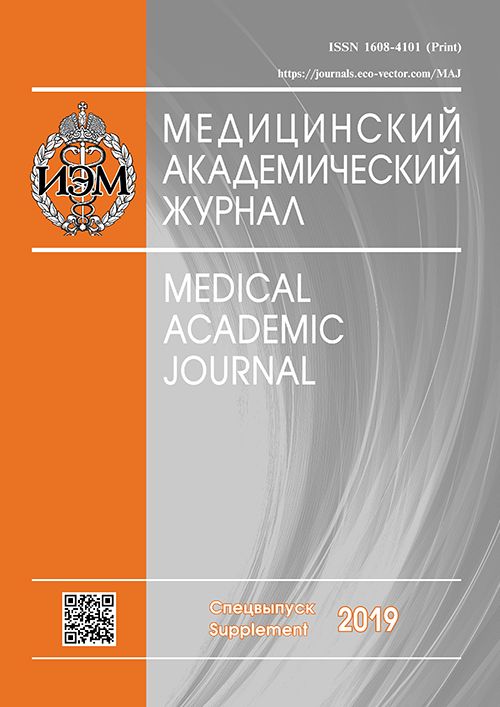REGULATION OF MICROCIRCULATION DURING REMODELING OF SKIN SCAR UNDER INFLUENCE OF LASER
- Authors: Astakhova MI1, Golovneva ES1,2, Astakhova LV1, Astakhov IA1,2, Ignatieva EN1
-
Affiliations:
- Multidisciplinary Center for Laser Medicine, Chelyabinsk
- South Ural State Medical University, Chelyabinsk
- Issue: Vol 19, No 1S (2019)
- Pages: 144-145
- Section: Articles
- Published: 15.12.2019
- URL: https://journals.eco-vector.com/MAJ/article/view/19369
- ID: 19369
Cite item
Abstract
An experimental study was fulfilled on 15 laboratory mail rats. After normotrophic skin scar modeling, the scar tissue was once exposed to high-intensive red, near or far infrared laser in comparable modes. Microcirculation parameters were assessed with laser Doppler flowmetry. It was found that the nature of microcirculation response to high-intensive laser irradiation substantially depended on the laser wavelength and its penetrating depth. Laser resurfacing of the skin scar with CO2 laser in early period led to blood stasis in the vessels and decrease in the vascular wall tone against the background of sympathetic influence increase. The red and near-infrared lasers caused the increased arterial blood inflow and venular outflow, with local regulation by myogenic tone prevailing.
Keywords
Full Text
About the authors
M I Astakhova
Multidisciplinary Center for Laser Medicine, Chelyabinsk
E S Golovneva
Multidisciplinary Center for Laser Medicine, Chelyabinsk; South Ural State Medical University, Chelyabinsk
L V Astakhova
Multidisciplinary Center for Laser Medicine, Chelyabinsk
I A Astakhov
Multidisciplinary Center for Laser Medicine, Chelyabinsk; South Ural State Medical University, Chelyabinsk
E N Ignatieva
Multidisciplinary Center for Laser Medicine, Chelyabinsk
References
- Kozlov VI. Histophysiology of microcircular system. Regional blood circulation and microcirculation. 2003;2(3):79-85.
Supplementary files







